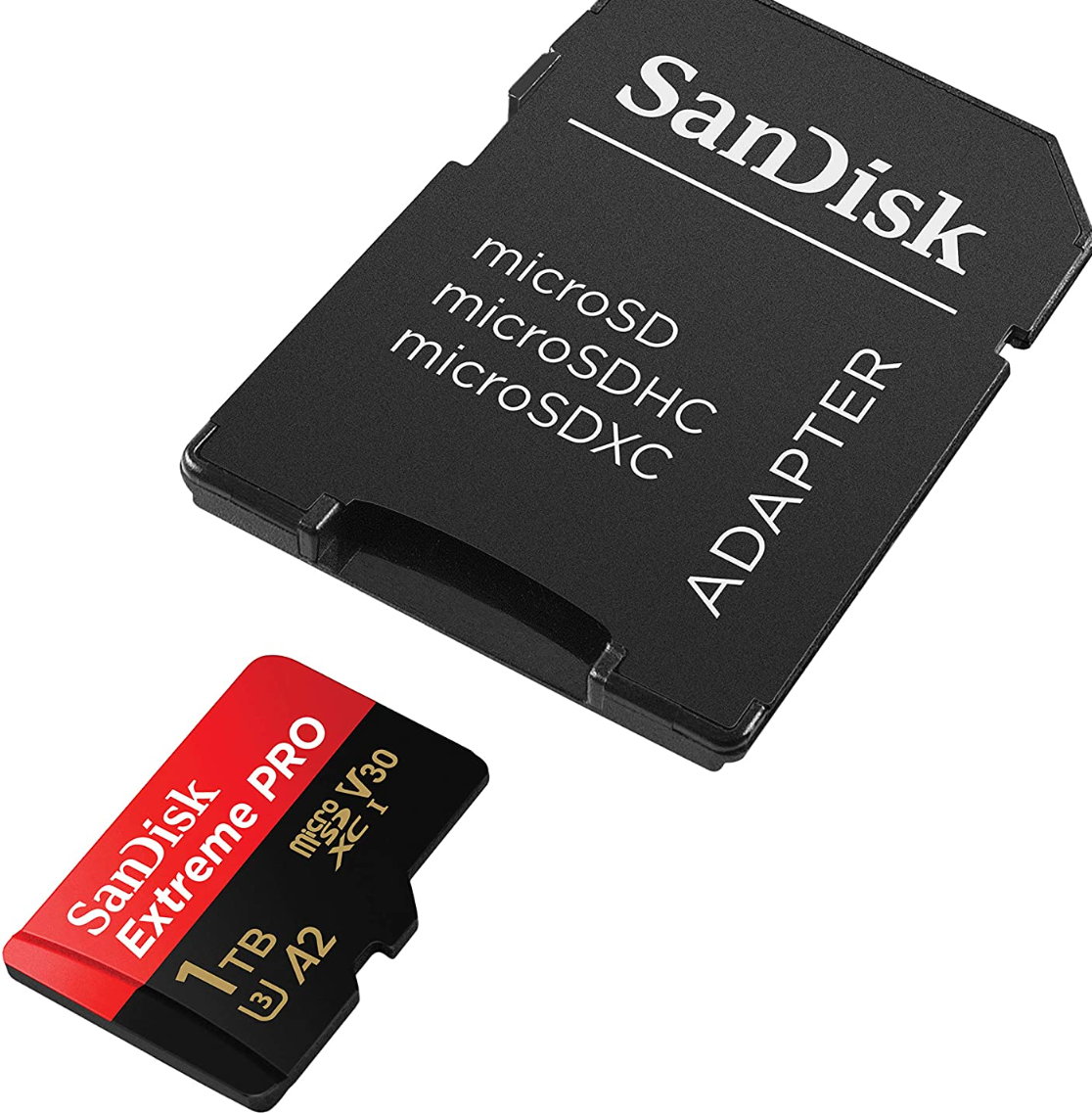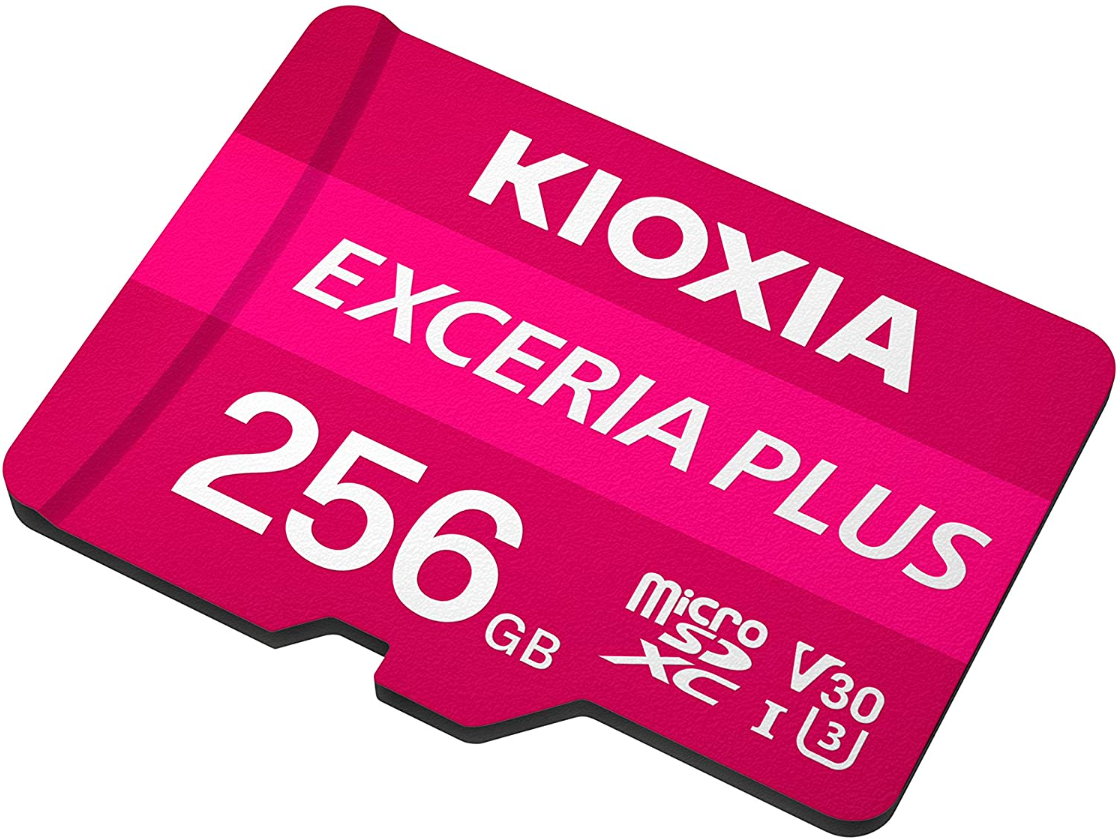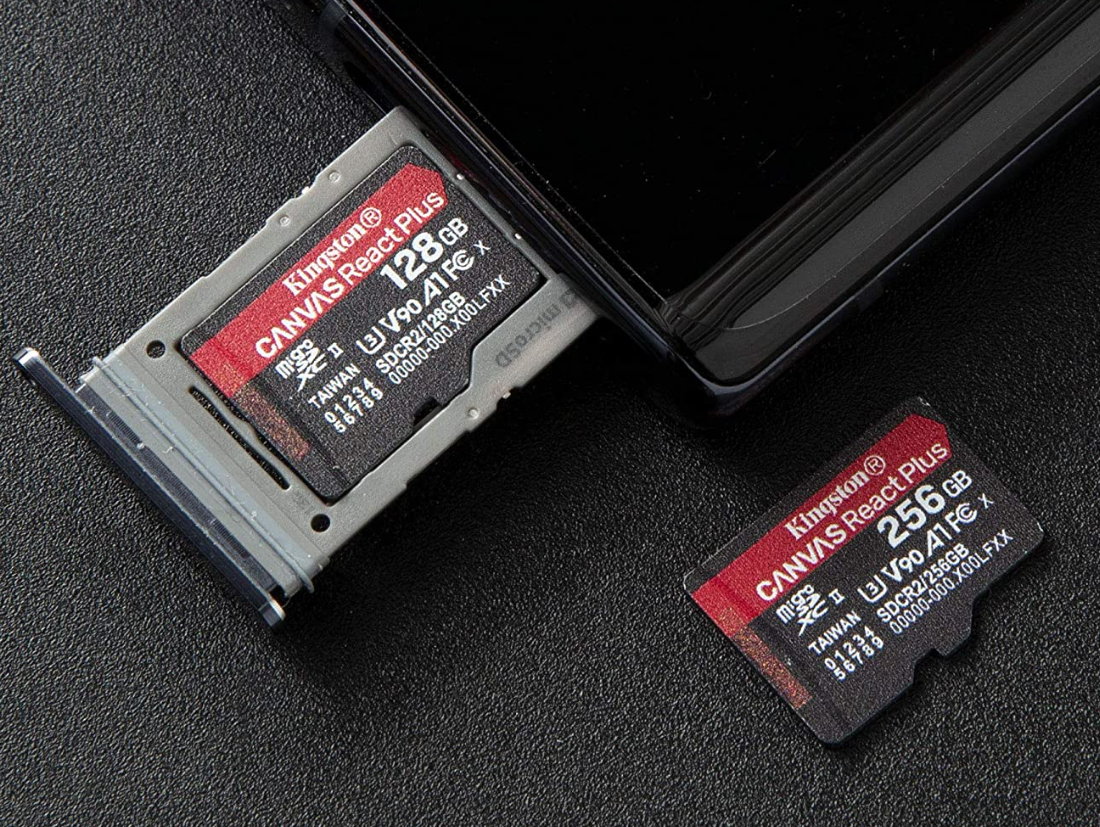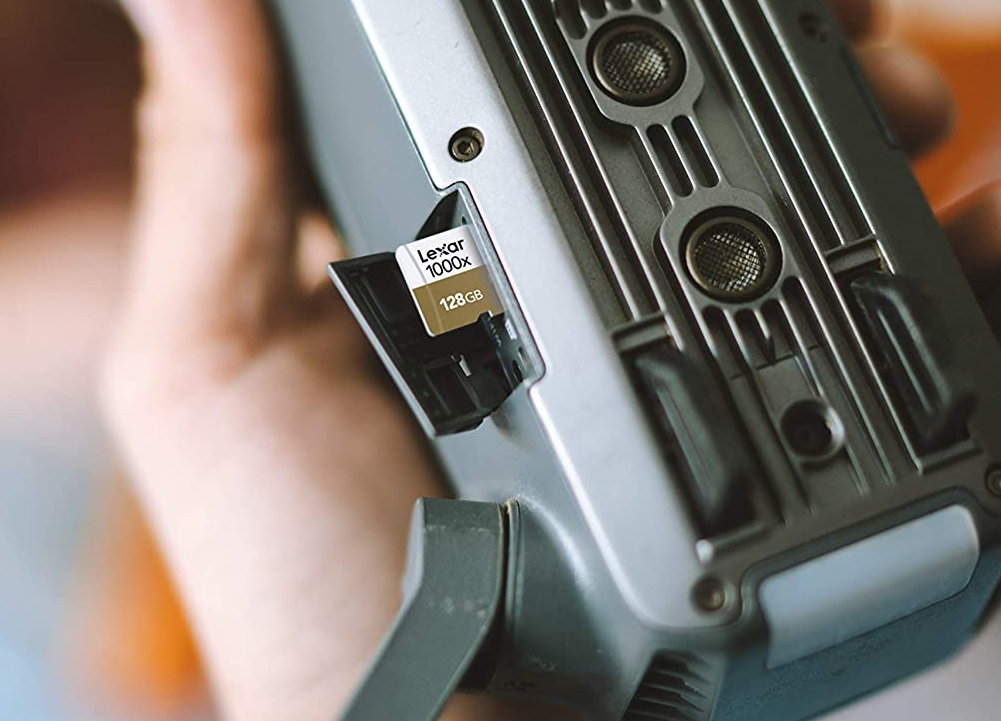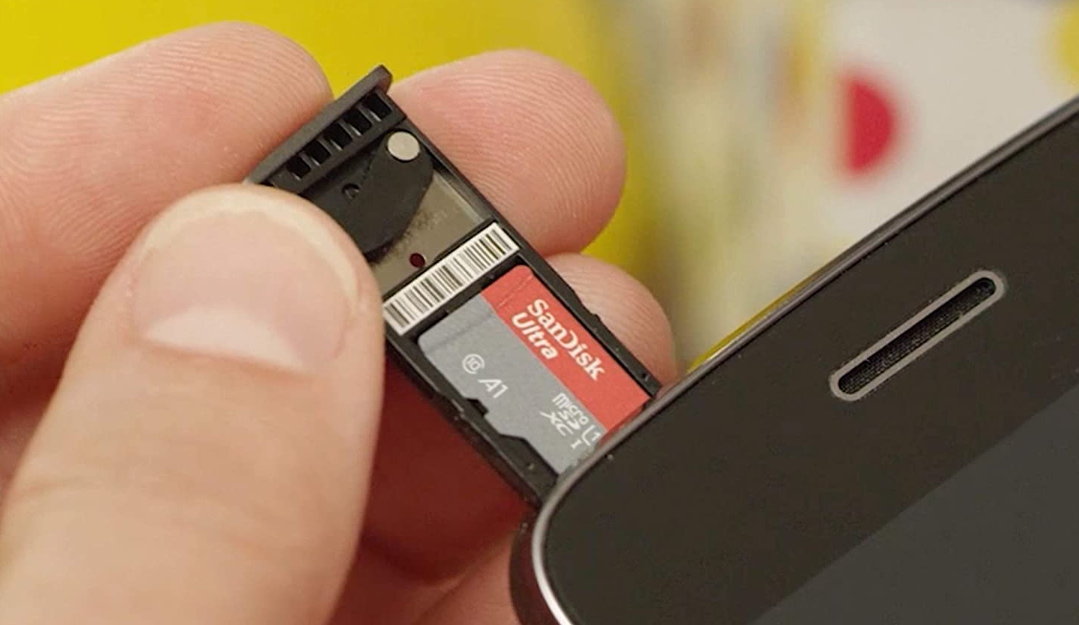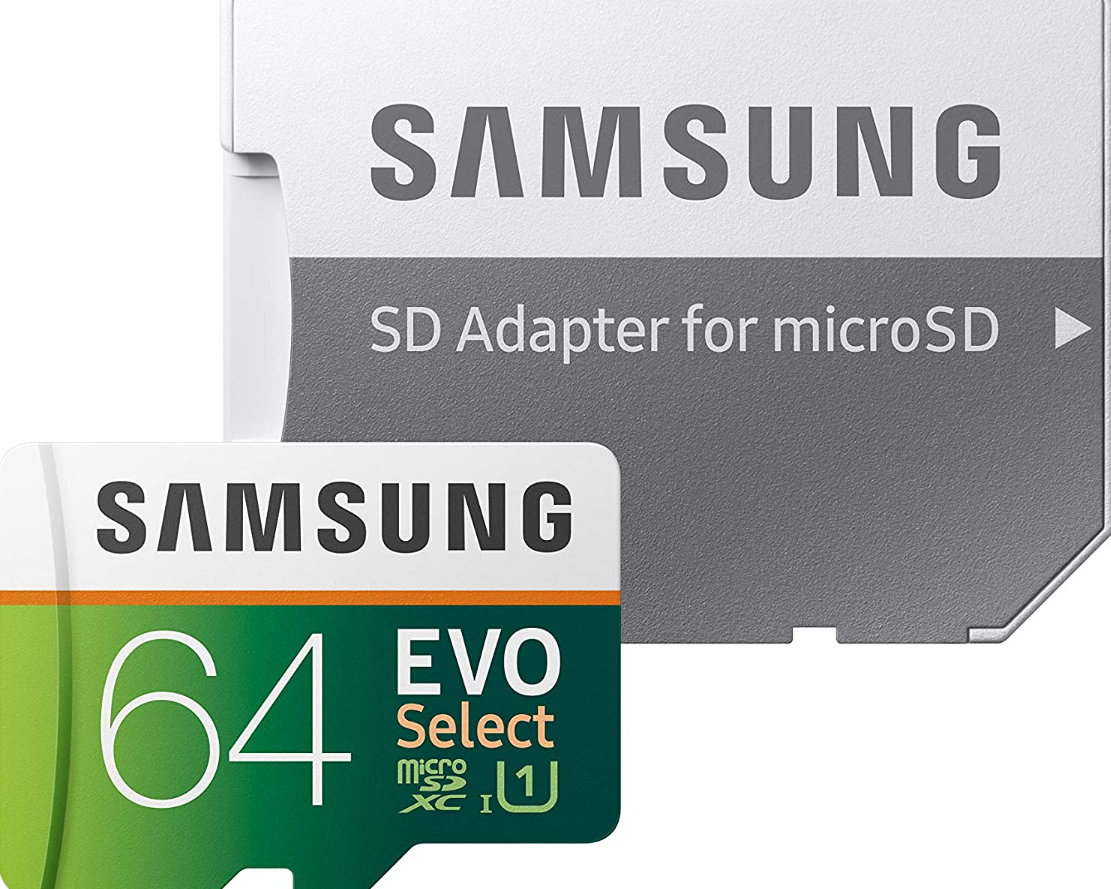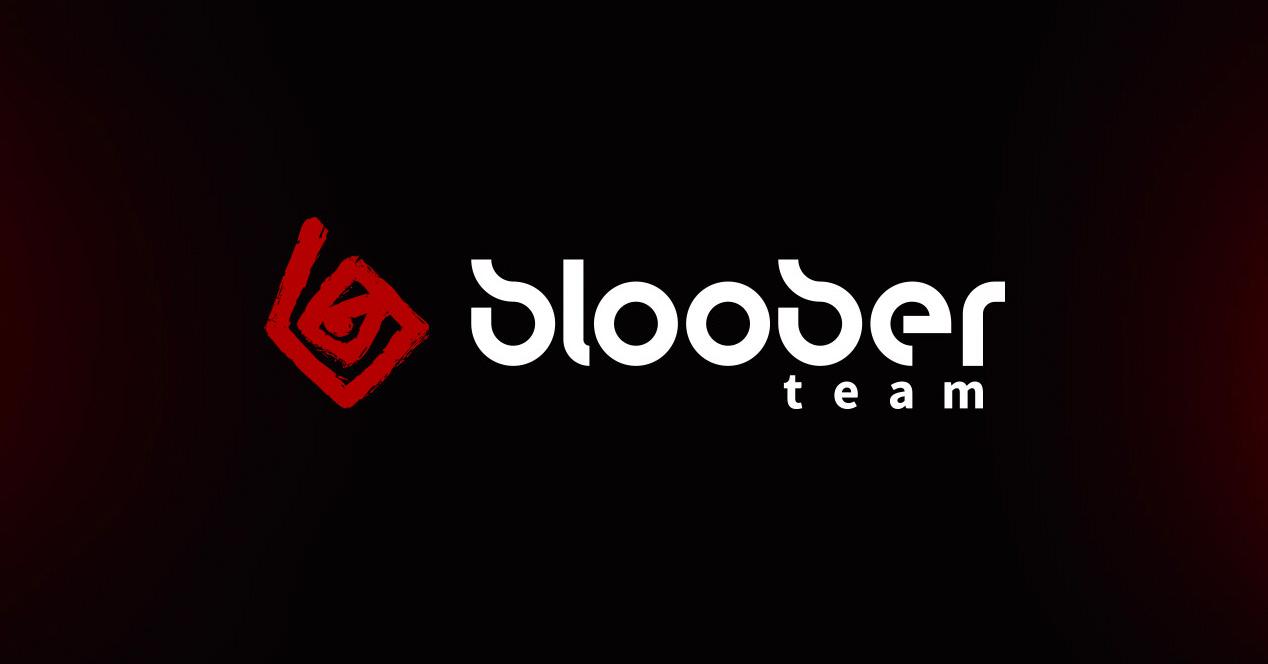
MicroSD cards remain a must-have product group for increase storage capacity of hundreds of millions of devices, from smartphones to cameras, through drones, tablets, GPS, portable consoles and much more.
Although the main objective of this format is still data storage and in fact there are devices that use it as the only medium, are also used to run applications and free up the internal storage of devices as can be done on Android smartphones or to run full operating systems, as we do on a mini single board computer like the Raspberry Pi.
It must be said that microSDs are the smallest variant of the Secure Digital external and removable storage standard. A standard (originally developed by SanDisk) under the responsibility of the industry group SDA that came two decades ago to overcome the chaos of closed and incompatible formats that were proliferating at the time. It was quite a hit. Although their use in mobile phones has been reduced because some manufacturers no longer support them, they are still used for multiple tasks in millions of devices.
Today we update our product guide and as we always do before offering you the best existing offers, we leave you all the keys to know them and choose the ones that best suit your needs.
microSD cards, features
MicroSDs are the smallest in size among SDs, with a extremely small dimensions of 15×11×1 mm, an area of 165 mm2 and a practically negligible weight. Surely its size has been key to increasing its adoption. And their versatility, enormous since they can be used directly on devices that have support for them, through internal SD adapters and also on other external ones, for example when using special pen drives that have microSD readers and connect to USB ports.
Although externally the microSD cards are identical, there is a big difference between them and not only in storage capacity. As with other standards (see USB or Wi-Fi) those responsible have been adding a large number of features that should be known. We are going to review them all because they can be real gibberish for the general public:
Format
It is the main division of these cards. There are three, although really the only one that must be evaluated is the third, today supported by all new devices:
- micro SD: The oldest. They have a capacity of up to 2 Gbytes and can be used in any microSD slot.
- microSDHC: They have a capacity from 2 to 32 GB and can be used in devices that support SDHC and SDXC.
- microSDXC: They are the most modern and currently the only purchase reference. Its capacity ranges from 32 Gbytes to 2 Tbytes, the maximum supported so far, although the new SD Express format that we will talk about later will greatly expand it.
Class
The microSD memory card ecosystem is so huge that when choosing the card we also have to take into account that the performance is sufficient for the use to which we are going to put it. This “Class” defines the minimum speed in Megabytes per second which in write mode is able to support the card. The minimum supported writing speed of each class is:
- Class 2: At least 2MBps.
- Class 4: At least 4MBps.
- Class 6: At least 6MBps.
- Class 10: At least 10MBps.
Performance Maximum – Minimum
This is the maximum and minimum speed that microSD can reach in data transfer and they have been expanded from the original ones to meet the needs of new applications such as 4K recording. To take into account the following sections:
The maximum reading speed (sequential) that a card supports is defined by the Ultra High Speed (UHS) specification and has two versions:
- UHS-Iwith bus speeds up to 104 Mbps
- UHS-II with bus speeds up to 312 Mbps
The minimum writing speed (sequential) supported is defined separately, with the numbers 1 or 3 inserted in a U and with two versions:
- U1: At least 10MBps.
- U3: At least 30MBps.
The random return is also defined in the standard and is offered in two versions:
- A1: the original
- A2: New specification that quadruples the minimum in random reads/writes (4,000/2,000 IOPS) of the previous one.
Nominal speed. Don’t go… there’s more. Most manufacturers quote the nominal speed of their card and it is the maximum that they are capable of reaching in read mode, expressed in MB/s.
relative speed. It corresponds to the original transfer speed increase of the CD format (150 KBps). So, you can see something like “2x”, 4x” and so on. A “100x” would correspond to a speed of 15 MBps.
These last two features are not standardized, they are only used by some manufacturers and (thankfully) they are disappearing, but if you come across them to know what they mean. The rest of the specifications are usually included and you will see them printed on the same cards, on the packaging where they are sold and on the product’s website.
SD Express: a new level
It is a new specification of the Secure Digital standard that has taken this format to another level in performance and capacity. To do this, the SD Express use PCIe 3.0 interface and NVMe v1.3 protocol, the same ones used by other storage products such as SSDs. Under PCIe, an SD Express achieves data transfer performance that is close to that offered by the fastest removable cards, the Compact Flash that for price are limited to the professional camera market.
In addition to the performance improvement, the storage capacity will also increase and will potentially reach 128 Tbytes. A real outrage for SD Express cards that will initially be offered in SDUC, SDXC and SDHC formats. SDA has continued to work on this standard and version 8 has already been announced with support for two PCIe lanes with an additional row of contacts and PCIe 4.0 transfer rates for a bandwidth that will grow from the initial 985 MB/s to a maximum of 3938MB/s.
The “Express” bus will also be available for the microSDs that we are dealing with in this guide. Although it won’t match the performance of larger SDs, the bus speed will allow it to offer read speeds of 624 Mbytes per second. These SD Express can be used in advanced photography and video tasks (management of 8K resolutions and RAW captures) until now reserved for the aforementioned Compact Flash. As for data storage and software execution (the most used in consumption) its level increase will be stratospheric. Let’s hope they hit the market soon.
microSD Cards (Prices April 2022)
With all of the above in mind we go shopping. It must be said that like the rest of the products based on NAND flash memories the price per GB has dropped a lot recent years and if you need little storage capacity, there is an offer for only a few euros. Capacity will surely be the first issue to assess, not the only one. If your device supports it, the minimum would be 32 Gbytes. From there, up to 1 Tbyte, you have a wide range to choose from.
As for the performanceIt will depend a lot on the device where you are going to use it. It has nothing to do with a GPS where we only need to extend the internal storage and little more than if we use it to run applications from a smartphone or an operating system such as a Raspberry Pi where we will need more performance. If we use them in cameras for RAW or 4K, there you will have to buy the fastest ones on the market.
Also note the group of “resistant” cards. They are specially dedicated to professionals or users who need memory cards of high durability and maximum resistance, protection against water, dust or X-rays from transport centers, as well as including data recovery software.
The offer is wide. All the major providers of external and removable storage offer great reliability, speeds above the established minimum and good support, even a lifetime guarantee on the best models. Almost all of them usually include an adapter to use them in SD slots and can be connected to USB ports with the corresponding adapter.
We leave you with a selection of current offers. In general, the 64, 128 and 256 GB versions are the most profitable in price per GB. If your device supports it, they would be the preferred choice.
Kioxia Exceria. The former Toshiba memory brand sells these MicroSDXC UHS-I cards, U1 up to 100 MB/s with the following capacities and prices:
- 64 GB for 7 euros.
- 128 GB for 16 euros.
- 256 GB for 39 euros.
SanDisk Ultra. microSDHC cards with read speed of up to 120 MB/s. Class 10, U1 and A1, include an adapter for SD and is distributed with the following versions and prices:
- 64 GB for 11 euros.
- 128 GB for 15 euros.
- 256 GB for 29 euros.
- 512 GB for 65 euros.
- 1TB for 173 euros.
Samsung EVO Select. MicroSDXC UHS-I, Class 10, U3 cards up to 100 MB/s. They are resistant to shocks, water, vibrations and X-ray proof. It is sold with an SD adapter in the following versions and prices:
- 32 GB for 11 euros.
- 64 GB for 29 euros.
- 256 GB for 42 euros.
- 512 GB for 78 euros.
Kingston Canvas Select Plus. MicroSDXC UHS-I, Class 10, U1 cards up to 100MB/s. They are resistant to shocks, vibrations and X-ray proof. It is sold with an SD adapter in the following versions and prices:
- 32 GB for 4 euros.
- 64 GB for 7 euros.
- 128 GB for 15 euros.
- 256 GB for 31 euros.
- 512 GB for 61 euros.
Lexar 633x. MicroSDXC UHS-I cards, Class 10, up to 100 MB/s. Sold with SD adapter in the following versions and prices:
- 32 GB for 8 euros.
- 64 GB for 22 euros.
- 128 GB for 24 euros.
- 256 GB for 31 euros.
- 512 GB for 63 euros.
Kioxia Exceria Plus. MicroSDXC UHS-I, Speed Class U3 (V30) for 4K video recording and playback with speeds of up to 100MB/s read and up to 85MB/s write.
- 32 GB for 13 euros.
- 64 GB for 20 euros.
- 128 GB for 26 euros.
- 256 GB for 48 euros.
SanDisk Extreme PRO. Some microSDXC Class 10, U3, V30 and A2 with read data transfer of up to 170 MB/s and 90 MB/s in writing. They are resistant to temperatures, water, shocks and X-rays. They are sold with / without SD adapter:
- 32 GB for 14 euros.
- 64 GB for 24 euros.
- 128 GB for 26 euros.
- 256 GB for 46 euros.
- 1TB for 227 euros.
Our leading retailers have selected cards and others for sale:
Note: This selection contains links from our affiliates, but none of the products included have been proposed or recommended by them or their manufacturers, but chosen at our own discretion.
